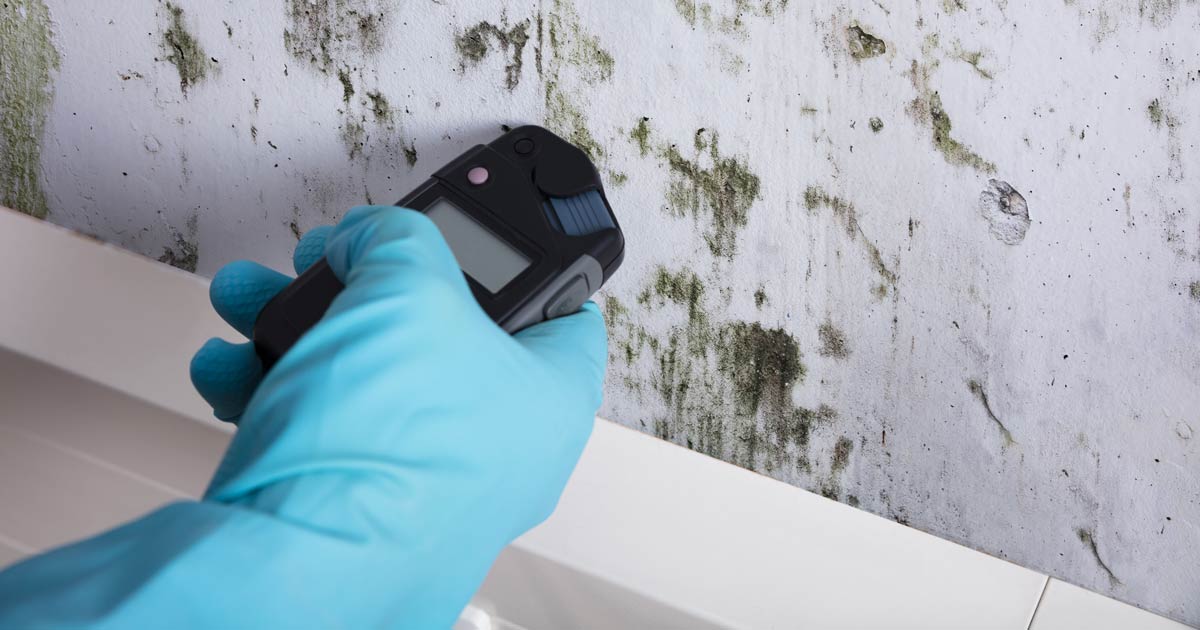Optimize Your Compliance with Trusted Mycotoxin testing Services Solutions
Optimize Your Compliance with Trusted Mycotoxin testing Services Solutions
Blog Article
The Necessity of Mycotoxin Testing in Agricultural Products to Ensure Customer Safety
The need of mycotoxin screening in agricultural products is an essential aspect of public wellness and safety and security that necessitates detailed evaluation. Mycotoxins, hazardous substances created by certain fungi, can infiltrate different crops, leading to considerable wellness threats for consumers, such as carcinogenic results and body organ damage.
Comprehending Mycotoxins
Mycotoxins, hazardous second metabolites created by specific fungis, provide a considerable danger to farming products and human wellness. These compounds are created by different types of mold and mildews, such as Aspergillus, Fusarium, and Penicillium, which can infect plants both pre- and post-harvest - Mycotoxin testing Services. The most common mycotoxins consist of aflatoxins, ochratoxin A, fumonisins, zearalenone, and deoxynivalenol (DON)
Mycotoxin contamination can occur under certain ecological conditions, such as high humidity and temperature, which prefer the growth of mold and mildew. Agricultural products like grains, nuts, spices, dried out fruits, and coffee are especially at risk. The visibility of mycotoxins in these assets can cause substantial financial losses due to lowered crop yields and the necessity for strenuous screening and purification processes.
Comprehending the biochemical nature and development of mycotoxins is essential for establishing reliable reduction methods. Research study has actually revealed that mycotoxins exhibit a variety of chemical frameworks and residential properties, making discovery and elimination tough. Advanced logical techniques, consisting of chromatography and mass spectrometry, are used to determine and quantify mycotoxins in agricultural products, making sure that contamination levels remain within secure limits developed by governing bodies.
Health And Wellness Risks of Mycotoxins
Provided the considerable risks associated with mycotoxins in farming items, comprehending their impact on health is critical. Mycotoxins, hazardous additional metabolites generated by fungis, position serious dangers to both human and animal wellness.
Intense mycotoxin poisoning, although less usual, can create instant and extreme wellness troubles such as liver damage, gastrointestinal disruptions, and hemorrhaging. Ochratoxin A, another potent mycotoxin, is linked to kidney damage and has potential cancer causing effects. At the same time, fumonisins, mainly impacting maize, are connected with esophageal cancer and neural tube flaws.

Common Sources of Contamination
Understanding the typical resources of contamination is critical for properly taking care of and mitigating the risks positioned by mycotoxins. Mycotoxins are poisonous second metabolites produced by certain kinds of fungi, which can contaminate farming products at various stages of production, handling, and storage. The key sources of contamination include field conditions, post-harvest handling, and storage space environments.
Field conditions play a substantial duty, with elements like weather, plant vulnerability, and soil wellness affecting fungal growth. Crops such as corn, peanuts, wheat, and tree nuts are specifically vulnerable to mycotoxin-producing fungis like Aspergillus, Fusarium, and Penicillium types. Poor plant rotation and inadequate insect management can worsen the threat of contamination.
Post-harvest handling is an additional essential stage where contamination can occur. Mechanical damages throughout harvesting and transportation develops entry factors for fungis, while improper drying out strategies can leave wetness degrees high enough to support fungal growth.
Storage space settings add dramatically to contamination dangers. Improperly kept storage space facilities with high moisture and temperature degrees create excellent problems for mycotoxin manufacturing. Routine examinations and correct storage problems are necessary in suppressing this risk.
Mycotoxin Testing Methods
Efficient administration click for more of mycotoxin contamination hinges not only on identifying possible sources yet likewise on carrying out durable testing approaches to detect these damaging compounds. Mycotoxin screening techniques can be generally categorized into chromatographic and immunochemical methods. High-performance fluid chromatography (HPLC) and gas chromatography-mass spectrometry (GC-MS) stand for innovative chromatographic methods understood for their high click over here now level of sensitivity and precision. These methods are skilled at quantifying numerous mycotoxins in intricate matrices, making them indispensable for complete analysis.
On the other hand, enzyme-linked immunosorbent assay (ELISA) and lateral flow assays are prominent immunochemical approaches. ELISA, specifically, is commonly utilized as a result of its cost-effectiveness, ease of usage, and quick turnaround time. Lateral circulation assays give fast, on-site screening capabilities, making them suitable for field applications where instant choices are necessary.
In addition, advancements in molecular biology have actually presented PCR-based techniques with the ability of spotting mycotoxin-producing fungi at genetic degrees, offering an anticipating approach to contamination threat. Integrating these diverse methods boosts the dependability and comprehensiveness of mycotoxin detection, guaranteeing that agricultural items fulfill safety and security criteria and protecting customers from potential health and wellness threats.
Benefits of Routine Examining

Normal mycotoxin screening offers significant benefits that substantially reinforce agricultural security and high quality. One of the main advantages is the security of customer wellness. Mycotoxins, toxic substances produced by certain fungi, can pollute food and pose major health dangers, including cancer cells and intense poisoning. Regular screening makes certain that contaminated products do not reach consumers, thus alleviating carcinogen.
In addition, regular screening helps in maintaining the stability and track record of farming manufacturers. By rigorously controlling and checking mycotoxin levels, manufacturers can prevent legal repercussions and expensive recalls. This not just guarantees conformity with strict worldwide security requirements yet additionally promotes customer depend on about his and loyalty.

Final Thought
The necessity of mycotoxin testing in agricultural items is underscored by the considerable wellness dangers presented by these toxic compounds. It enhances the credibility of producers and cultivates trust fund within the agricultural supply chain, ultimately safeguarding public health and wellness.
The necessity of mycotoxin screening in farming products is an important aspect of public health and safety that necessitates detailed exam. Mycotoxins, hazardous substances produced by particular fungis, can infiltrate different plants, leading to significant health dangers for consumers, such as carcinogenic impacts and organ damages.Mycotoxins, toxic second metabolites produced by specific fungi, present a substantial danger to agricultural items and human health and wellness.Provided the significant dangers linked with mycotoxins in farming products, understanding their effect on wellness is critical (Mycotoxin testing Services).The requirement of mycotoxin screening in agricultural products is highlighted by the significant health and wellness threats positioned by these toxic compounds
Report this page